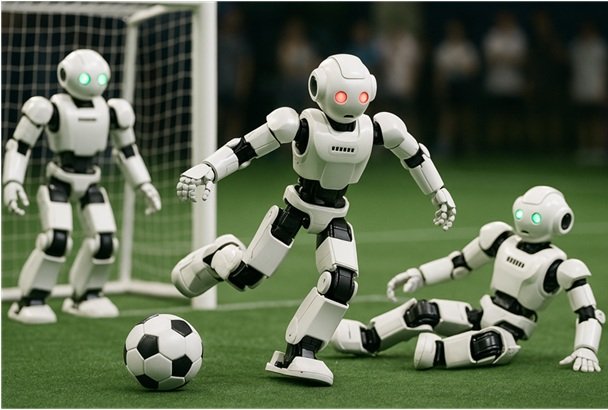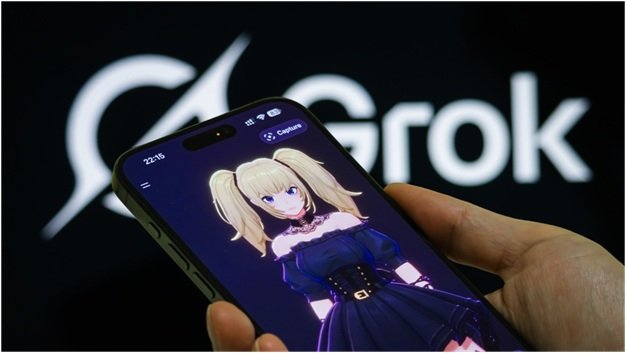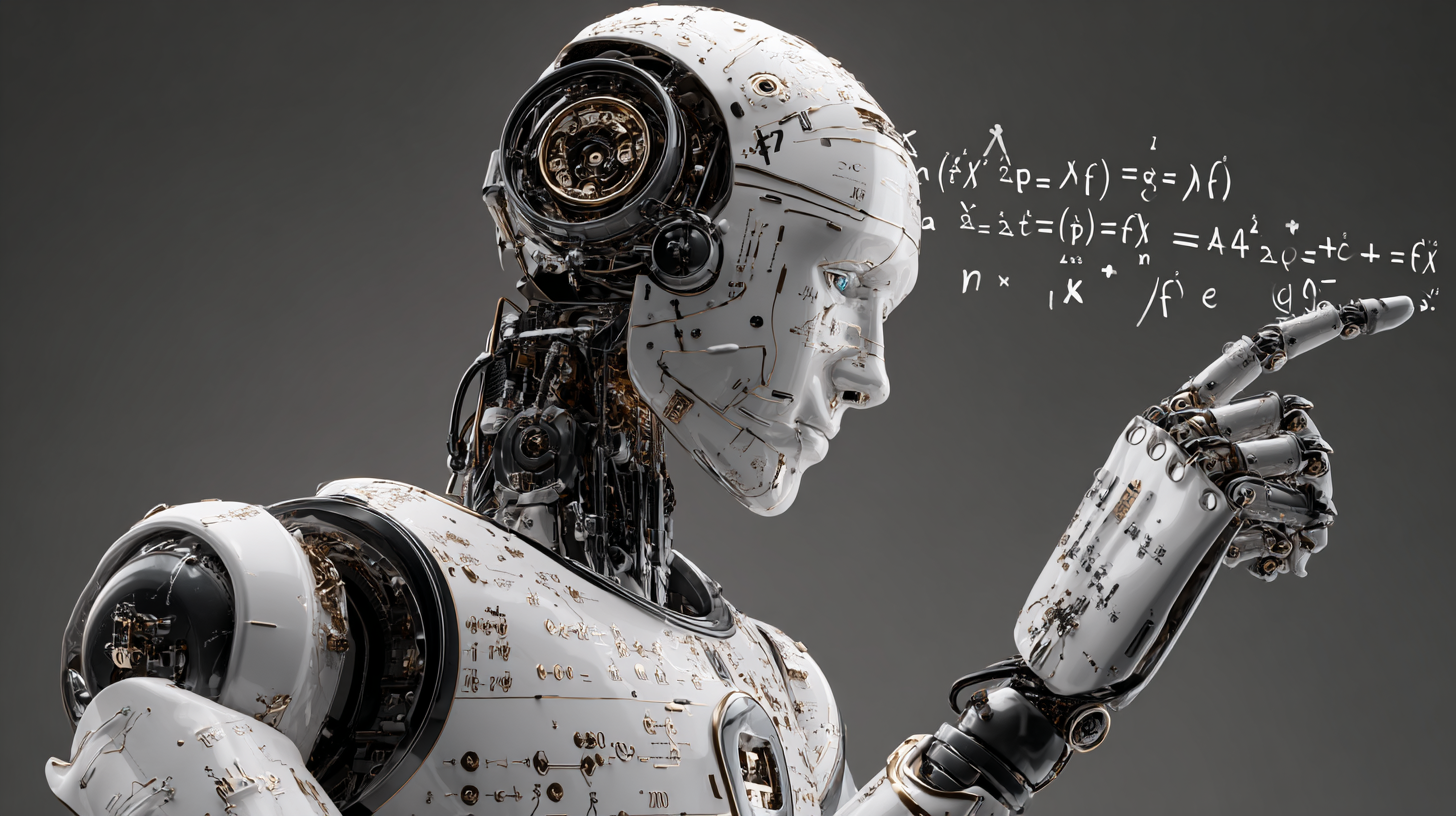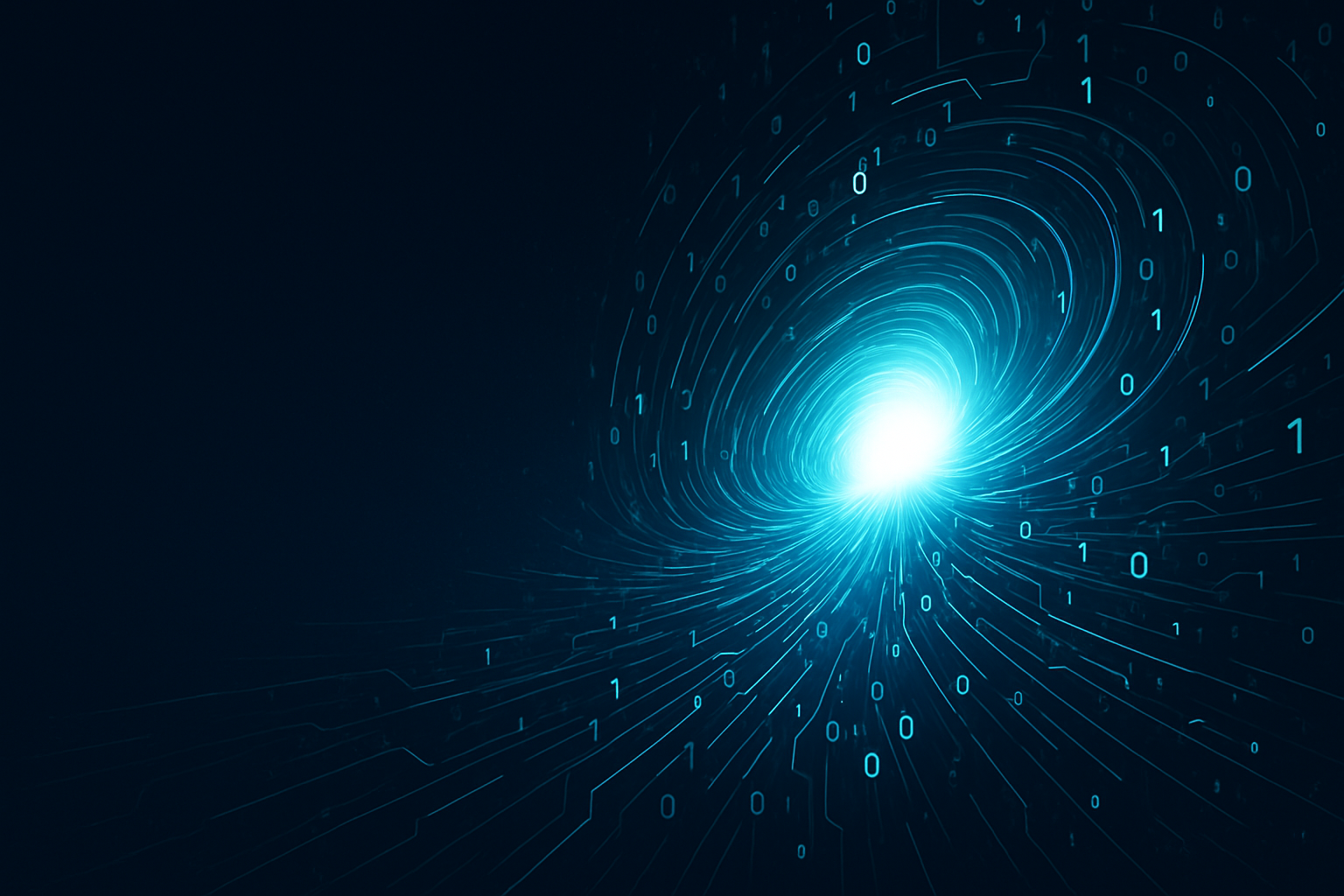This article is a bit different from the usual ones — the goal is to share a personal reflection from my own perspective.
How has AI evolved over the years? Let me briefly tell you about my experience.
In early 2023, I started using ChatGPT for the first time, driven by curiosity after reading a few news articles. I had already heard something about its development in previous years, but I hadn’t really paid much attention, nor did I fully understand the potential of this technology.
I began using the free plan and wrote a few prompts. I must admit, the results left me quite amazed — not only were most of the answers fairly accurate, but the tasks I asked it to perform were surprisingly precise and detailed. Of course, the model sometimes made mistakes (and it still does today), but as long as you double-check its content, it’s manageable.

In the following years, OpenAI’s service evolved at a remarkable pace — if we compare it with the development timeline of other computing technologies, its progress has been incredibly fast. By early 2024 (maybe even sooner), we could already upload files and access the web for more accurate answers. Today, the model has advanced so much that all those features are almost automatic, and several new ones have been added — all of this in just a little over two years.
Let’s compare OpenAI’s evolution to the evolution of video game graphics, from the late 1980s to today. How long did it take to move from 2D pixel art — often with hand-drawn backgrounds — to today’s hyper-realistic graphics and powerful GPUs? That took at least a couple of gamer generations.
AI is moving much faster — proof that it’s a constantly evolving and self-learning technology.
Another AI worth mentioning is Midjourney. I tested it in 2024, when it could only generate still images. Today, it can animate both generated pictures and our own photos if we wish — and its development won’t stop there. Other AIs, like Runway and Luma AI, are even more advanced when it comes to video generation.

We’ve talked about text generation, data analysis, and video content, but AI doesn’t stop there. In the audio field, cloning a voice is no longer a challenge — nor is creating one from scratch or composing music entirely with AI.
The question I keep asking myself is: at this pace, what will be left for us?
This isn’t the end. Once errors and imperfections are corrected, in a few years AI will be able to do exactly what we humans do with our biological brains — or perhaps even better.
Will some professions disappear? Will others be downsized? Will governments be forced to regulate or even restrict AI use? Who knows.
In my opinion, AI is an incredibly useful tool in many aspects of our lives — but in others, it can cause serious harm if left completely unchecked.
We’ll see how things unfold.
Thanks to everyone who took the time to read my reflection.
Jack – The Skills Factory Webmaster





Whoa, Jack, hold my beer! AI evolving faster than a teenagers smartphone game library? Midjourney going from stills to animation in mere years – talk about speed-dating! I love that you’re asking the big questions: Will my job be outsourced to a neural network? Will governments start regulating AI like parents try to regulate internet use? Predictable! AI is a fantastic tool, yes, but as you say, it could also be the world’s greatest mischievous teenager if left unchecked. Let’s hope humanity remains the funniest species, even as the algorithms get cleverer! Thanks for the thought-provoking read!
Whoa, Jack! AIs进步真是让人有点措手不及!从Midjourney的静态画到动画,再到Runway和Luma AI的视频魔法,感觉我的创意工作随时都要被优化掉了。不过话说回来,如果AI真能帮我写代码、做设计、甚至弹奏肖邦(只要不被老板发现),那我还是选择支持一下这个超级助手吧!毕竟,谁能拒绝一个能一键生成完美PPT的AI呢?😉
Great article, thank you for sharing these insights! I’ve tested many methods for building backlinks, and what really worked for me was using AI-powered automation. With us, we can scale link building in a safe and efficient way. It’s amazing to see how much time this saves compared to manual outreach.
Your writing is not only informative but also incredibly inspiring. You have a knack for sparking curiosity and encouraging critical thinking. Thank you for being such a positive influence!